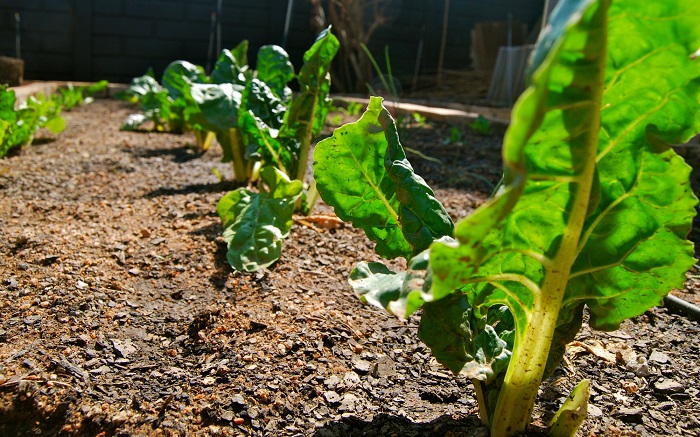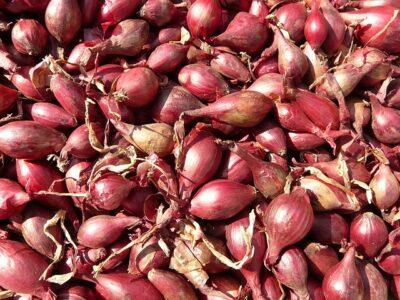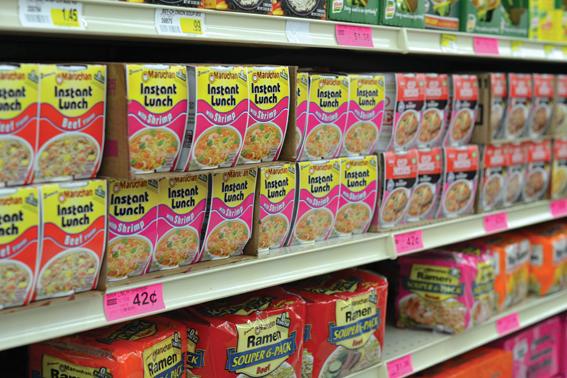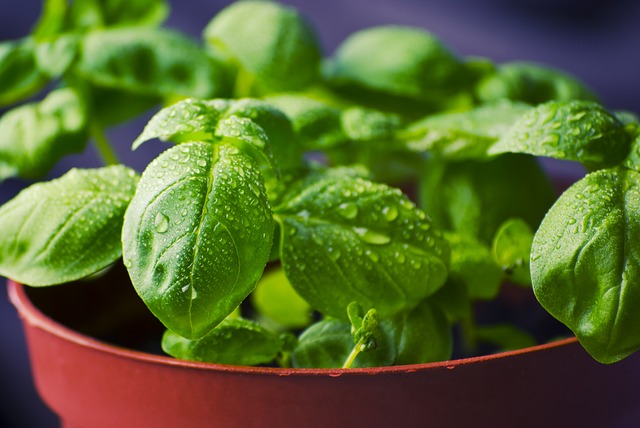
It may seem like not much happens in the garden during September, and that spring is the only acceptable time to plant a crop of vegetables.
And while it’s true that plants don’t grow when winter sets in, there are a surprising number of vegetables you can plant in autumn – and that will be ready for spring. The plants lie dormant during the winter months, spring back to life when temperatures begin to rise in March or April, and are ready to harvest soon thereafter.
Straw or mulch provide good protection for overwintering vegetables in most climates. Some vegetables may need a little protection in the form of row covers or cold frames if you live in a cold climate. One simple way to protect plants is to arrange bales of hay on each side of the rows, and then cover the bales with old windows. You can also use clear plastic anchored with rocks or stakes.
Here’s a list of vegetables appropriate for planting in autumn. Some are old favorites, while others may surprise you.
1. Onions – Plant onions now, in September, and then leave them alone until they’re ready for harvest next summer. Onions grow nearly anywhere, but they may not do well if your garden remains soggy during the winter months. Alternatively, you can always plant onions in raised beds.

2. Shallots – Fall is a good time to get shallots in the ground, but there’s no hurry. It’s possible to plant this popular culinary vegetable as late as December, depending on where you live.
3. Garlic – Plant garlic cloves in the garden around September and harvest them next summer. Fall is actually the best time to plant garlic, as the cloves need several weeks of cold in order to multiply. Also, garlic planted in autumn tends to be larger and more flavorful.
Looking For Non-GMO Seeds? Get Them From A Company You Can Trust!
4. Spinach – Plant spinach in autumn and harvest the leaves regularly throughout the winter, until next summer. Spinach is a cold-weather crop, and planting after summer heat eliminates the need to worry about bolting.
5. Broad beans – Varieties such as “super aquadulce” or “aquadulce claudia” are good for planting as late as October or early November. As an added benefit, beans work as a cover crop by preventing erosion and nourishing the soil. You may need to stake the plants to keep them upright if winter winds are common.
6. Chard – This nourishing leafy vegetable survives winter in great shape in most climates, and is the first green ready for picking in spring. In fact, chard tolerates temperatures as low as 15 degrees Fahrenheit without protection and cold actually brings out the natural sweetness. But if you have seriously cold winters, you may need to protect chard with row covers or a cold frame.
7. Peas – Select a cold-hardy, early variety like meteor or kelvedon wonder. Plant the rows thickly, a little closer than usual to allow for the few that you’ll probably lose. Peas may be chancy if you live north of USDA zone 5 or south of zone 8.
8. Mache – If you haven’t tried mache, you’re likely to love the mild, nutty flavor of this cold-hardy solid green. Mache survives winters in USDA zone 6 with no protection, but may need a little protection in northern climates.
What would you add to this list? Share your ideas in the section below:
Bust Inflation With A Low-Cost, High-Production Garden. Read More Here.










